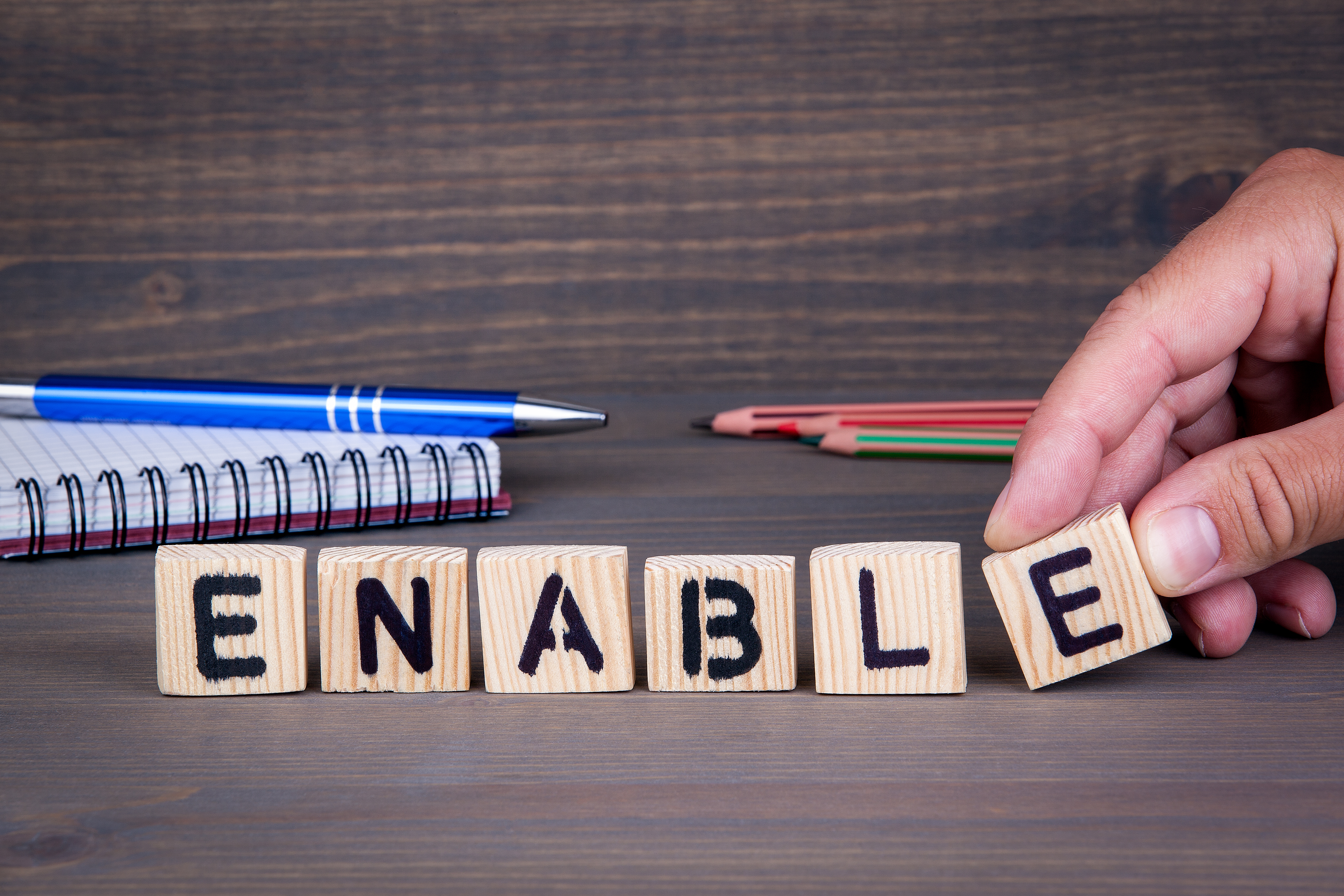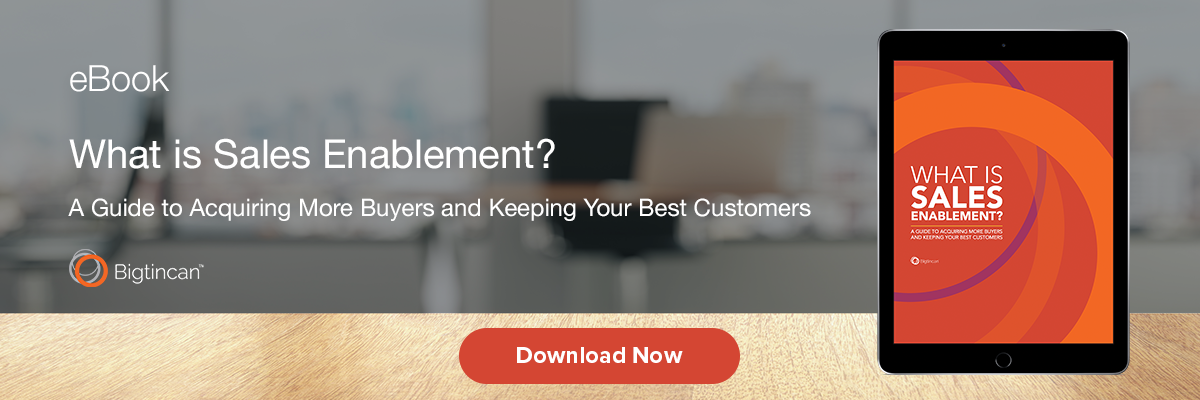In my opinion, I have one of the best jobs in the world.
In overseeing strategic partnerships, alliances, and integrations at Bigtincan I have the pleasure of speaking to many different thought leaders, analysts, customers, and partners.
In the process, I have learned a lot about the challenges businesses are facing in regards to sales enablement as well as gaining insight about how we can best meet their needs.
What is the Primary Goal of a Business?
I have reviewed many sources and this is my favorite definition:
“The primary purpose of a business is to maximize profits for its owners or stakeholders while maintaining corporate social responsibility.”
In other words, make a lot of money in an ethical, legal, and responsible manner.
Businesses are working harder than ever to achieve these aims, looking for ways to reduce cost while increasing their revenues.
Sales Enablement, when done right, can play a key role in these efforts.
With that said, what is sales enablement? What does good sales enablement look like? What processes are required? What tools?
With these questions in mind I have begun a series of articles about sales enablement on LinkedIn, you can find the first one here and it is simply titled: What is Sales Enablement?
Here is my definition which is straight-forward and comprehensive:
"Sales Enablement is the process of making sales teams able to efficiently move customers through the sales process to the point where the customer can make a buying decision."
I am building this series out on LinkedIn because of its neutral location where thought leaders, regardless of what vendor they work for, what sales methodology they advocate we use, and so on, can come together and collaborate.
My goal is to bring together the best and the brightest to develop a shared set of insights and knowledge that we can all learn from.
Breaking Down My Definition
The scope
Sales enablement covers the entirety of sales activities from the time a lead is handed to the sales team until the customer makes the decision to buy, or not buy.
If your activities are focused on the sales process and moving opportunities through that pipeline than you are performing sales enablement activities.
It does not worry about reporting structures
Sales enablement usually reports into the sales organization, but this is not always the case. I have seen it report into sales, marketing, HR, and directly into the CEO.
Where it fits in is based upon the level of maturity of your sales enablement initiative and how strategic its efforts are to your business.
What about tools, systems, and platforms?
You need to focus first on clearly defining your goals. How you will execute? How you will measure success? How teams will operate and collaborate?
The tools and platforms are critical to your success, especially as you seek to scale, but are secondary to those earlier points.
Be clear about what you are trying to accomplish before buying new tools and platforms.
What about training? Coaching?
Yes, sales training is an important component of sales enablement, but it is only one of many tactics that can be applied to your efforts.
Sales coaching, when well-done, can be even more impactful to sales effectiveness, but it too is simply a tactic to be applied as part of a strategic sales enablement effort.
I’ll share more as we go along. I look forward to your collaboration as we take this journey together.



